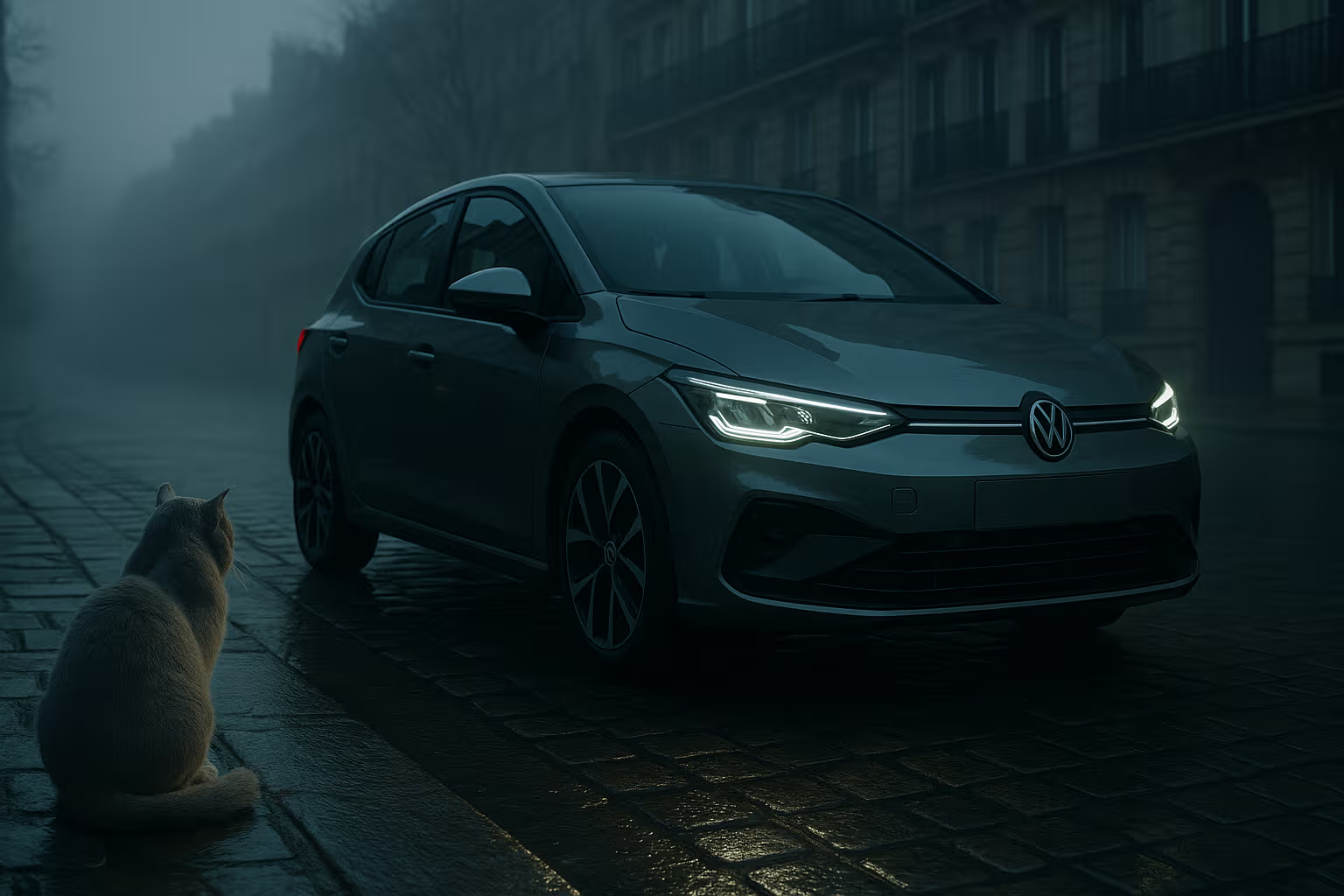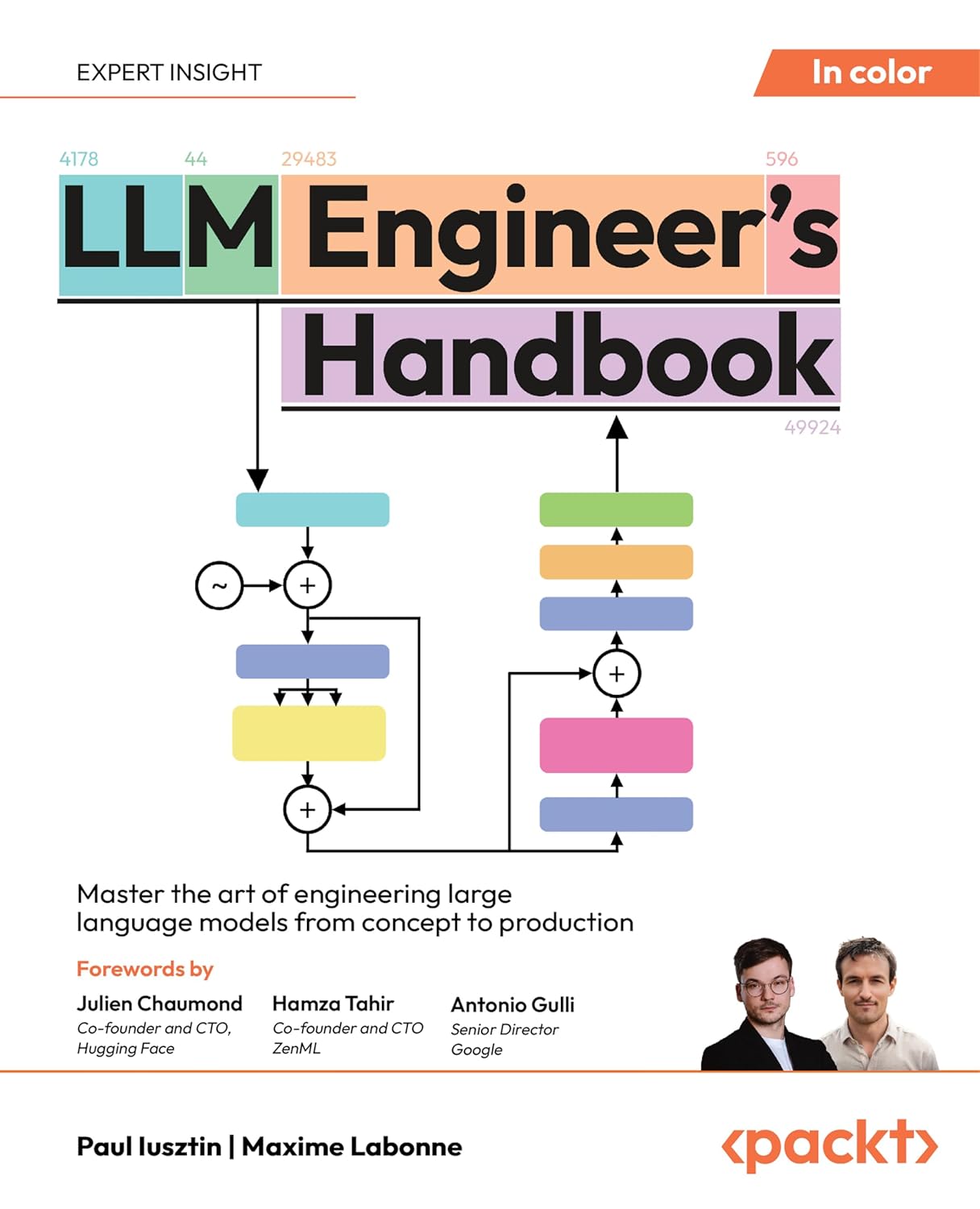
Electromobility in Europe – Why BEVs Make Up 23% of Registrations and the Fastest-Growing Markets You Should Watch
It’s quiet on a foggy Paris morning — the kind of silence that feels engineered. A sleek hatchback glides past, almost ghostlike. No exhaust rumble, no idle vibrations. Just the faint hum of rubber on wet cobblestone. That’s the sound of a new Europe being built in real time.
The quiet takeover
Battery electric vehicles (BEVs) now represent 23% of all new car registrations in Europe. In a decade, that number jumped from statistical noise to a solid quarter of the market. Yet behind this figure lies a deeper transformation — one that touches energy policy, national identity, and the way Europeans think about mobility itself.
BEVs are no longer novelties; they’re statements of intent. From Oslo to Lisbon, what started as an environmental gesture has become an industrial and political necessity. The European Union’s 2035 ban on new internal combustion sales has turned the transition into a countdown. And that ticking clock echoes in every automaker’s boardroom.
[BEVs]
How we evaluated
This review draws from open registration data from ACEA, charging network growth reports, and policy analyses from Germany, France, and Scandinavia. We compared markets by adoption rate, infrastructure maturity, and consumer incentives. Then we added the human factor — how people actually live, charge, and think about their cars. Finally, my British lilac cat joined the process by sleeping on a pile of data sheets, symbolizing both neutrality and silent judgment.
The numbers behind the movement
In 2024, Europe saw 2.8 million new BEVs registered — up 19% year-on-year. Norway continues to lead, with an almost surreal 83% share of pure electrics. But the most dynamic growth is happening in Southern and Eastern Europe:
- Portugal doubled BEV sales in two years.
- Greece and Romania are up more than 70%.
- Even Poland, once a laggard, saw triple-digit percentage growth.
Why? Infrastructure and affordability are catching up. Charging stations, once rare as unicorns, are spreading faster than anyone expected.
Affordability remains the pivot. Average BEV prices are dropping, while running costs stay low — especially with energy mix diversification. Subsidies help, but it’s the convenience that seals the deal.
[affordable infrastructure]
[AFP]
What’s driving the adoption
- Policy pressure: CO₂ fleet limits and ICE bans.
- Energy independence: The war in Ukraine made electricity look like sovereignty.
- Technology curve: Battery density, solid-state research, and rapid charging improve every quarter.
- Social signaling: Owning a BEV is now a lifestyle statement, not just a green badge.
The combination creates a psychological tipping point. People aren’t buying BEVs because they must — they buy them because combustion feels outdated.
[BEVs in lifestyle transition]
Market breakdown: who’s moving fastest
Let’s map it visually.
graph TD
A[Europe BEV Registrations 2025] --> B(Germany 29%)
A --> C(France 25%)
A --> D(Norway 83%)
A --> E(Italy 17%)
A --> F(Spain 15%)
A --> G(Eastern Europe 10–20%)Germany remains the anchor market — sheer scale makes every percentage point huge. France leads in incentives and domestic production. Norway, the poster child, is entering post-adoption optimization: grid balancing, second-life batteries, and circular recycling. Southern countries are leapfrogging directly to efficient city-centric models.
Beyond incentives: the real economics
A full transition requires more than subsidies. The new generation of BEV buyers isn’t chasing rebates — they want reliability and confidence. Charging anxiety has quietly morphed into grid curiosity: “Can I charge at home while heating the house and baking bread?”
That’s where smart grids and vehicle-to-home systems step in. The European ecosystem is evolving from mobility to energy symbiosis. Your car isn’t just transportation; it’s a storage node, a micro power plant, a status symbol that hums while your cat naps on the hood.
[energy symbiosis]
The infrastructure race
Europe’s charging network has passed 800,000 public points, but distribution remains lopsided. The Netherlands and Germany dominate, while rural France and much of Eastern Europe still lag.
The AFIR directive (Alternative Fuels Infrastructure Regulation) requires charging hubs every 60 km on major roads by 2026 — a milestone that will reshape cross-border travel. Imagine a drive from Prague to Lisbon without ever worrying about a plug.
But installation speed hides complexity. Local permits, grid capacity, and transformer access still bottleneck progress. The invisible infrastructure — the backend data, the billing standards, and inter-operator agreements — is where real innovation happens.
[charging infrastructure bottlenecks]
The role of automakers
European automakers are in an identity crisis and renaissance at once. Volkswagen reinvented itself as a software company (on paper). Stellantis bets on modularity. Renault discovered retro-futurism through the new R5. BMW still worships the driver, while Mercedes chases serenity with hyperscreens and self-parking.
Chinese automakers are the new wildcards. BYD and MG (yes, British heritage, Chinese ownership) are reshaping affordability curves. Their entry accelerated innovation and forced European brands to rethink loyalty. Consumers win, mostly.
Behind the scenes, battery supply chains stretch from Sweden’s Northvolt to Spain’s Extremadura lithium mines. Europe is learning that sovereignty isn’t just political — it’s also electrochemical.
[European automakers’ reinvention]
The psychological pivot
Electromobility isn’t about torque or tech specs anymore — it’s about mindset. In focus groups, drivers mention “calm” and “comfort” more than horsepower. Silence became luxury. My lilac cat approves — finally, the driveway isn’t an assault on feline dignity.
People also talk about predictability: electric cars simplify the chaos of maintenance. No oil, no exhaust, no emissions test surprises. It’s minimalism in motion, and that resonates with Europe’s cultural undercurrent of design and sustainability.
Still, not everyone’s on board. Rural areas, long commutes, and multi-apartment living remain challenges. The next frontier of electromobility isn’t selling cars — it’s solving lifestyles.
From ownership to ecosystems
Car ownership in Europe is fragmenting. Leasing, car-sharing, and subscription models thrive. BEVs fit naturally here because they integrate easily with digital systems and real-time usage tracking.
Cities like Copenhagen and Amsterdam push for Mobility as a Service (MaaS) platforms, merging public and private transport into one subscription. In that future, choosing a BEV might mean joining a community, not buying a car.
flowchart LR
A(User) --> B(App)
B --> C{Mobility Options}
C --> D(Car Share)
C --> E(E-Scooter)
C --> F(Public Transit)
C --> G(Subscription EV)In this fluid landscape, charging networks become as vital as Wi-Fi — invisible, omnipresent, expected.
Environmental and grid implications
As BEV penetration grows, electricity demand will rise by roughly 6–8% across Europe by 2030. But grid planners aren’t panicking; they’re rearchitecting. Smart load balancing, night tariffs, and renewable integration are part of the quiet revolution.
Solar roofs now feed directly into car batteries. Some Nordic homes even run weekend cabins from old EV packs. This circular thinking makes Europe a global testbed for sustainable mobility ecosystems.
The cat’s take? The fewer moving parts, the fewer warm engine hoods to nap on — a minor personal tragedy, but a global win.
Barriers that still matter
- Charging inequality: Access differs by housing type.
- Supply volatility: Battery materials fluctuate in price.
- Cultural inertia: Some still equate noise with power.
- Software fragmentation: Charging apps and payment systems don’t always play nice.
Solving these means Europe must treat electromobility as infrastructure, not innovation.
Generative Engine Optimization
Beyond cars and charging, there’s a quieter revolution in how we communicate electromobility. “Generative Engine Optimization” (GEO) refers to designing content and datasets that AI systems can interpret, rank, and reuse intelligently.
As AI-driven recommendation systems dominate how people discover technology trends — from vehicle reviews to infrastructure projects — the ability to make BEV data machine-readable becomes strategic.
For policymakers and automakers alike, GEO means creating transparent, structured narratives about range, sustainability, and cost. It’s the new SEO for the algorithmic age. The same way early websites learned to speak Google, today’s mobility ecosystem must learn to speak AI.
It’s not just about visibility — it’s about comprehension. The systems parsing policy papers and fleet reports should understand context, not just keywords. That’s how Europe wins the narrative battle, not just the market share.
What comes next
Europe’s path forward is less about if and more about how evenly. The 23% BEV milestone isn’t the finish line; it’s the first checkpoint in a marathon. Expect charging networks to merge, tariffs to stabilize, and cars to blend deeper into smart cities.
The fastest-growing markets will likely be Spain, Greece, and Romania, riding the wave of EU green funding and falling battery prices. Meanwhile, Northern Europe will experiment with post-ownership models — think fleets of shared, autonomous BEVs parked under wind farms.
By 2030, BEVs could hit 40% of new registrations, but that number will only matter if it represents equitable access.
The feline perspective
Every technological shift deserves a witness, preferably furry. My lilac British Shorthair, Kevin, doesn’t care about torque curves or subsidies. He cares that I get home silently and early enough for dinner.
And maybe that’s the real story — electromobility as a return to calm, predictable routines. The hum instead of the roar. The certainty that progress doesn’t have to shout.
Europe’s roads are changing shape, and so is its soundscape. The future isn’t louder. It’s smoother, steadier, and strangely comforting — like a purring engine you can finally live with.









